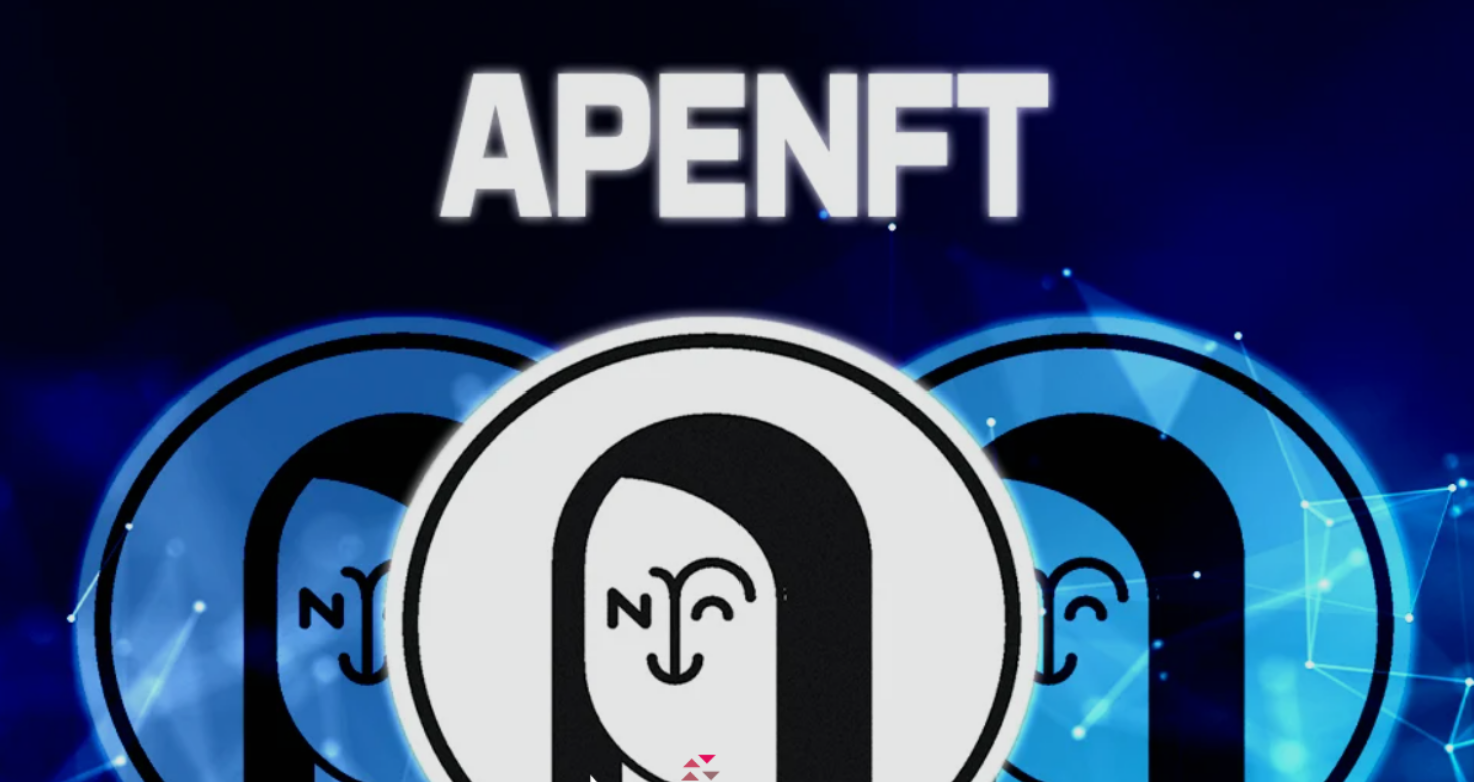What exactly is NFT?
- WBOYWBOYWBOYWBOYWBOYWBOYWBOYWBOYWBOYWBOYWBOYWBOYWBOriginal
- 2024-07-17 15:14:56815browse
NFT is a unique digital asset that is unique, scarce, verifiable and non-fungible. Its uses include art, collectibles, game items, and virtual world assets. The advantages of NFTs are their scarcity and verifiability of ownership, which promotes the development of creativity and innovation and creates emerging markets. But its volatility, regulatory uncertainty and technical challenges are also potential limitations.

NFT: Non-Fungible Token
NFT, the full name is Non-Fungible Token, and the Chinese translation is Non-Fungible Token. It is a unique digital asset, and unlike traditional currencies or fungible tokens, each NFT is unique and non-fungible.
Features:
- Uniqueness: Each NFT has a unique identifier, ensuring it cannot be copied or counterfeited.
- Scarcity: NFTs are often issued in limited quantities, increasing their collectible value and rarity.
- Verifiable: NFTs are recorded on the blockchain, guaranteeing the verifiability of their ownership and authenticity.
- Non-fungible: NFTs cannot be exchanged with each other like fungible tokens, each NFT is unique.
Usage:
NFT is primarily used to create and trade unique digital assets, including:
- Artwork: NFT art has become a popular form of collection and investment.
- Collectibles: NFTs can be used to represent collectibles, such as player cards or memorabilia.
- Game Items: NFTs can represent unique items in a game, such as characters, equipment, or weapons.
- Virtual World Assets: NFTs can be used to represent land or other assets in virtual worlds.
- Real World Assets: NFTs can also be linked to real world assets, such as real estate or intellectual property.
Advantages:
- Scarcity and Uniqueness: The rarity of NFTs makes them potentially collectible and investment worthy.
- Verifiability of Ownership: Blockchain technology ensures the transparency and security of NFT ownership.
- Fostering Creativity and Innovation: NFTs provide content creators and artists with a platform to monetize their digital works.
- Emerging Markets: NFTs are creating new markets and economic opportunities.
Limitations:
- Volatility: The NFT market may be volatile, affecting its value and liquidity.
- Regulatory Uncertainty: The regulatory framework for NFTs is still developing and there may be uncertainties and risks.
- Technical Challenges: NFT relies on blockchain technology and may have technical issues and security vulnerabilities.
APENFT Price Tracking
As of 19:00 on July 16, 2024, the latest price of APENFT is 0.00004384 USD. The 24-hour trading volume is $24.9 million and the price is down 2.04% in the past 24 hours.
Price Movement Factors
The main reasons for APENFT’s price decline include:
- Overall bear market atmosphere
- Lack of major good news
Future Outlook
In the short term, APENFT’s price is expected to continue to be affected by the overall market Emotional impact. However, long-term, the currency’s potential cannot be underestimated, due to its support for NFT ownership and the project’s vision of building a decentralized metaverse.
Investor Advice
Given the current market uncertainty, investors should exercise caution and avoid over-trading or investing. It is important to keep a close eye on overall market trends and APENFT-specific developments.
Short-Term Forecast
APENFT’s price trend in the short term may be affected by market fluctuations. However, prices are expected to remain relatively stable, with the potential for moderate fluctuations in the coming weeks.
Indicator
- Current price: 0.00004384 USD
- 24 hour trading volume: 24.9 million USD
- Price change (24 hours): -2.04%
- Circulation volume: 999.99 trillion pieces
- Maximum supply: 999.99 trillion pieces
- Total supply: 999.99 trillion pieces
- Market value: 438.4 billion yuan
The above is the detailed content of What exactly is NFT?. For more information, please follow other related articles on the PHP Chinese website!

